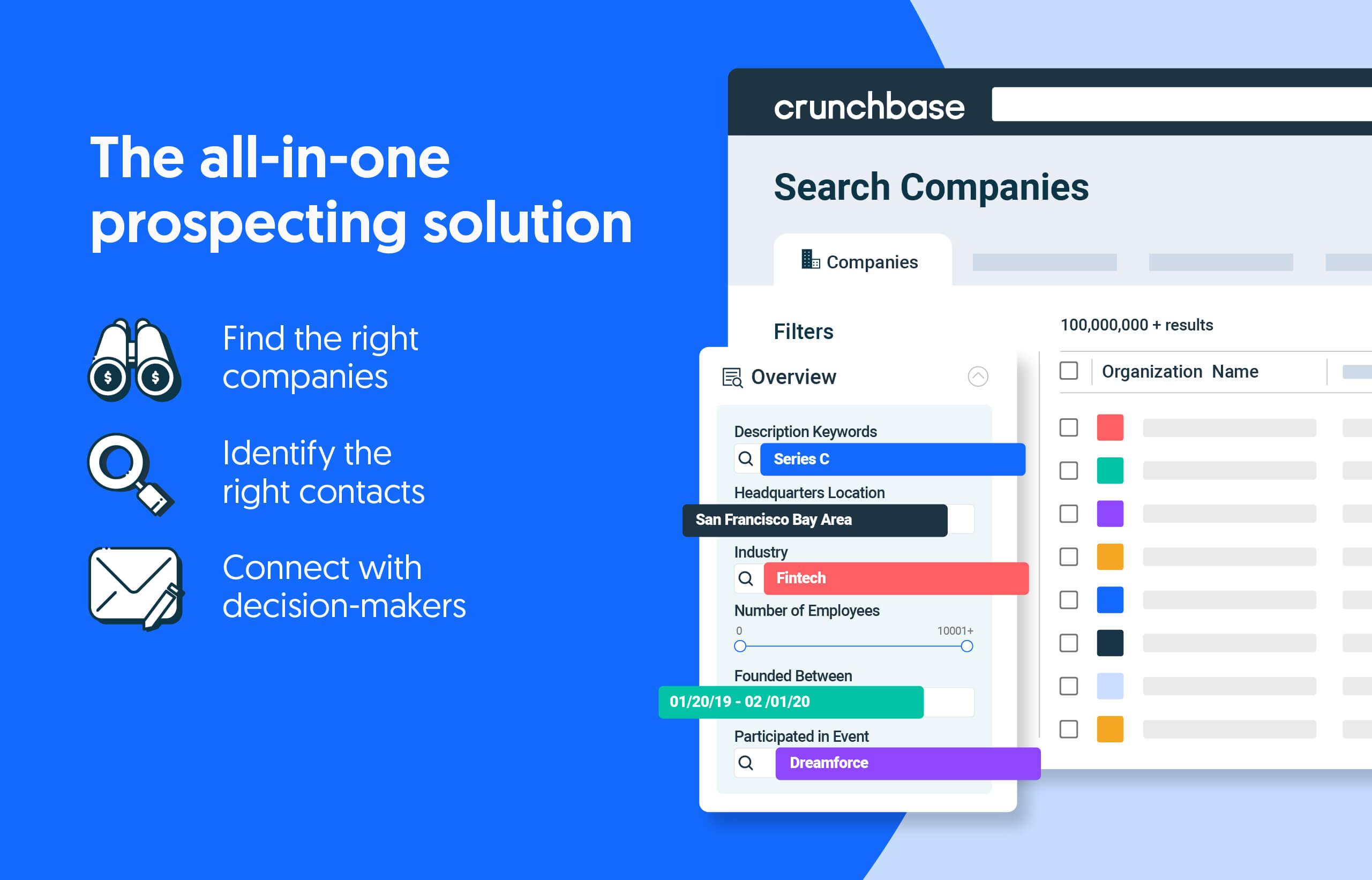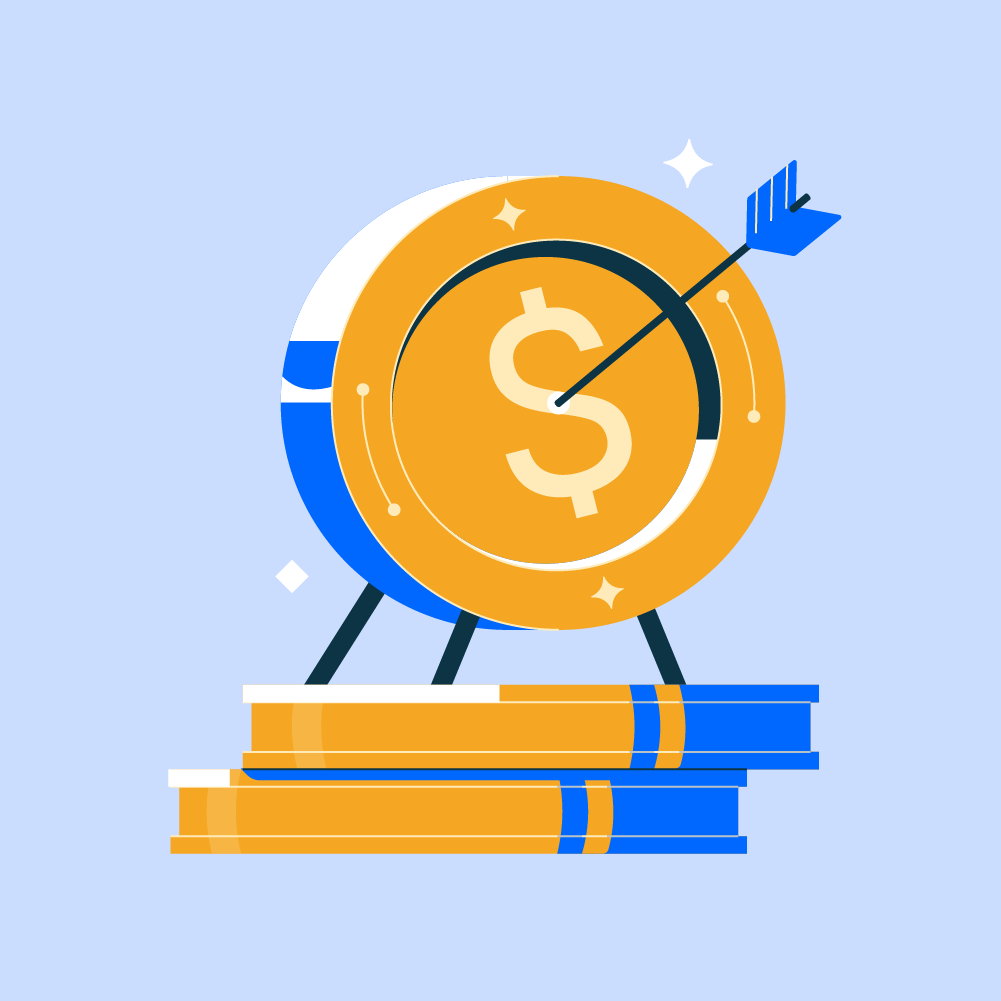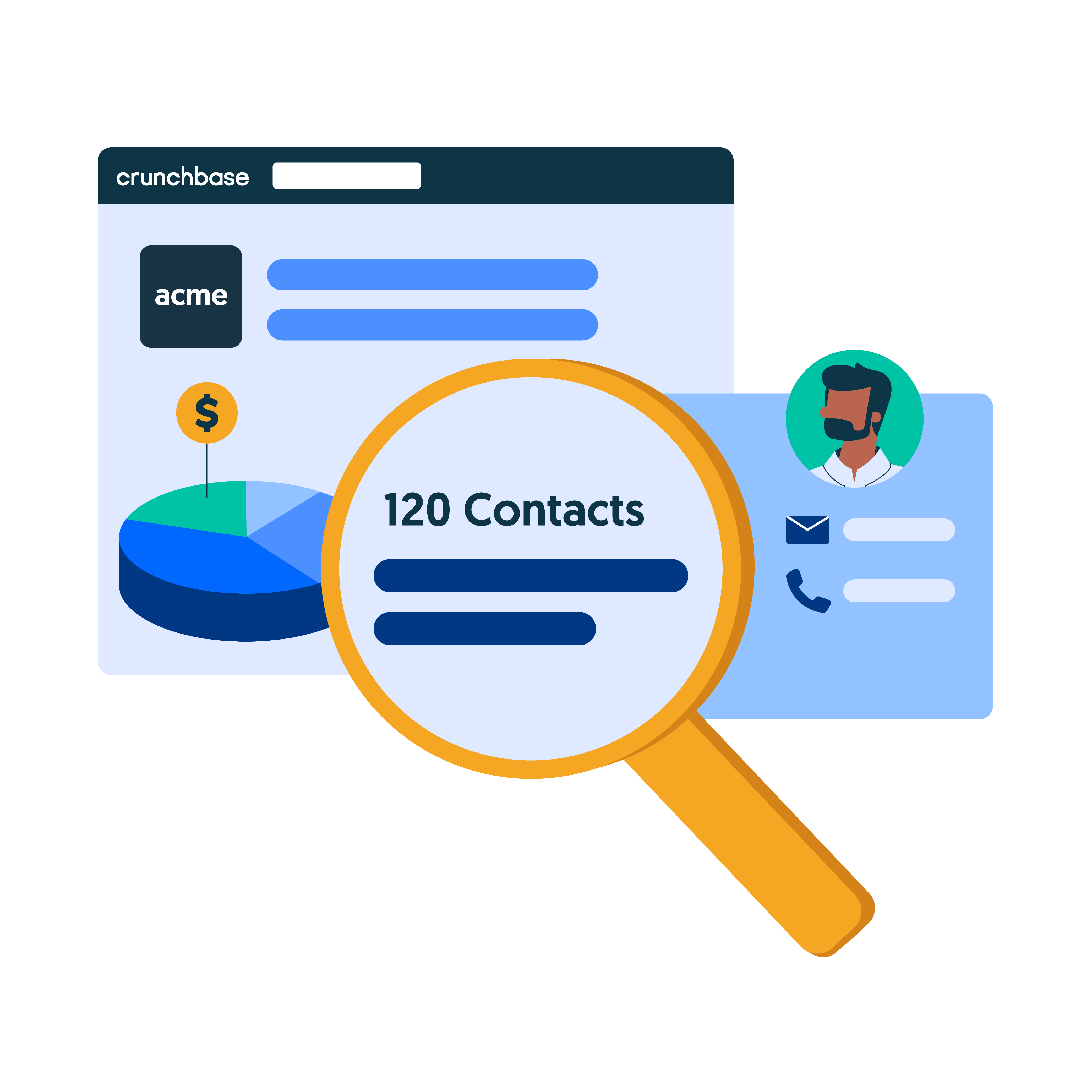This article is part of the Crunchbase Community Contributor Series. The author is an expert in their field and we are honored to feature and promote their contribution on the Crunchbase blog.
Please note that the author is not employed by Crunchbase and the opinions expressed in this article do not necessarily reflect official views or opinions of Crunchbase, Inc.
When talking about sales processes, most people focus on Account Executives (AEs)—the skilled folks who ply their trade to close deals and generate revenue for a company.
But there’s another very important piece to the sales puzzle. That would be the Sales Development Representative (or SDR for short). These experienced professionals are responsible for outbound prospecting, nurturing leads and moving them through the sales funnel.
In short, the SDR sets them up, and AEs close the deal. Together they create a powerful team that can fuel your company’s growth. One of the key HR responsibilities in your organization should include identifying and hiring skilled SDRs. But, to get the most out of them, you’ll have to make sure they have certain skills that will carry them to success in 2022.
In this article, we’ll share six key skills that your SDRs should master. Ensuring your SDRs focus on developing these six essential skills will help you create a solid sales foundation for years to come.
1. Active listening
Nothing puts a prospect off faster than an SDR who sticks to a sales script. It’s an instant put-off, and if you’re going to force your human reps to be that robotic, you might as well just use an AI chatbot.
The benefit of a real human SDR is their ability to listen actively. They have the capacity to hear what prospects are saying, ask questions and empathize. This kind of human interaction puts a prospect at ease and builds trust between the representative and the person they’re trying to qualify as a lead.
There are specific cues and phrases prospects let slip that will allow your SDRs to accurately gauge their interest. This can be determined through active listening. Active listeners also adapt to what prospects say, gathering data and switching up tactics based on the responses they get.
Your SDRs shouldn’t bother with scripts and checklists. Instead, find people who listen with a purpose and have the ability to show empathy and adapt.
2. Organization
As an SDR, organization is the key to functioning at a high level. You have to speak with many potential customers, keeping respective stories and lead scores in mind during every interaction.
That means the ideal SDR is an organized person who understands how to keep accurate records and place them in an easy-to-access system.
One way to help your SDRs stay organized is by training them on CRM software. This ensures that each representative will be able to categorize their lead list, noting who’s ready to commit and who they need to either follow up with or disregard altogether.
Search less. Close more.
Send accounts you discover in Crunchbase directly to your CRM with our Salesforce integration.
CRMs also have note-taking features, which are a major benefit. Every lead gets their own profile in your system, and you can take notes on them after every interaction. This means that when your SDR goes to contact a lead, they can instantly review everything they discussed last time, ensuring a well-maintained relationship.
What’s more, when it comes time for the SDR to pass a lead along to a sales rep for closing, that rep will be able to review all of the SDR’s notes, making the handoff smooth and efficient.
3. Resilience
Any sales job comes with challenges, not the least of which is the draining and sometimes soul-crushing sting of rejection. But SDRs have it even worse because they don’t actually get to close deals. They’re just qualifying leads to pass along and nurturing their journeys.
All of this can be draining for even the most seasoned sales professionals. That’s why you have to make sure that you’re recruiting resilient SDRs who can withstand rejection and find positivity in it.
This isn’t something you’re born with, unfortunately. It’s a skill that you have to hone over time. You can develop a thick skin and the perseverance to keep getting back up and going for the next sale after you’re rejected.
It’s not a question of whether an SDR is going to experience a crushing rejection–it will inevitably happen. What matters is how they pick themselves back up and refocus on the job at hand. Your SDR can’t bring bad feelings from a horrible call into their next prospect interaction.
4. Video prospecting
Video prospecting is growing in popularity throughout the marketing world. This is when you use a short video, up to two minutes in length, to communicate important information with a prospect. While this is less direct than a Zoom video call, it’s more effective than a phone call or text-based email.
However, these videos have to be customized to your prospects. The SDR needs to be able to shine on camera and convey value without a back and forth conversation. That means you need to find SDRs who are comfortable communicating through this medium. Your marketing team can even work with them on these videos before they’re sent out.
SDRs should be able to take direction well and look natural. That means maintaining eye focus, speaking clearly and having a pleasant demeanor.
5. Follow-ups
SDRs need to understand the power of the follow-up. Why is this so important? Up to 80 percent of prospects say no four times before ever saying yes to a sale.
It’s important to follow up with prospects, especially when they don’t answer the first time. Make sure your SDRs are leaving voicemails and making a note to follow up again in a few days if they don’t hear back.
Remember, when it comes to moving through the sales funnel, timing is everything. You have a brief window of opportunity to appeal to a prospect. Many times, these are cold leads, and the SDR has to be able to encourage further communication. Sometimes this has to be done in a quick voicemail.
6. Lead scoring
All SDRs need to understand the science of lead scoring. This is a point-based system that allows you to determine the quality of every lead in your database. Points are assigned to each lead for specific actions, and the overall number of points at the end of the process determines that lead’s score.
The higher a lead scores, the more likely they are to close. This allows you to figure out which leads are red hot and which can be pushed to the side. Usually, these scores range from 1–100.
Some common lead scoring criteria include:
- Interacting with landing page forms
- Visiting your website
- Conducting a site search
- Reaching out to the sales team unprovoked
- Engaging on social media
- Subscribing to email newsletter blasts
- Opening email newsletter blasts
- Responding to email communication
- Booking appointments
- Watching a webinar
- Visiting a pricing page
- Downloading an e-book
By accurately knowing how to score leads, your SDRs will be able to sort through their contact database and reroute the highest quality leads to the sales department immediately. This will significantly shorten the sales cycle.
To master lead scoring, you have to understand the sales funnel. This tool visually represents the journey customers take from the moment they first encounter your company until the moment they close.
But not all sales funnels are the same. It all depends on your industry. If you’re a SaaS business, then your SDRs will have to learn to navigate the SaaS sales funnel.
Someone trying to sell health club memberships will have a completely different funnel, while a government fleet management company might have to implement very specific tactics. The way you score your leads will vary depending on the type of funnel you’re navigating.
Top-of-funnel prospects (TOFU) will have the lowest lead scores. These are the people who are likely to fall off during the sales process. Conversely, bottom-of-funnel prospects (BOFU) have a high likelihood of closing and should carry a large lead score.
Successful SDRs will have to be able to clearly differentiate between them and determine where their time—and your AEs’ time—is best spent.
Skilled SDRs are the key to success
Choosing quality SDRs can significantly impact your business. By ensuring that you have the very best working for you, you’ll be able to identify and pass along leads that fit your ideal customer profile and close more deals, faster.
Sales is a multi-step process. You can even think of it as a football game. Your SDRs are like your quarterback, and it’s their job to throw the perfect pass to the receiver, your AEs, so that they can score a touchdown. But to be the very best SDRs, your team will need to master the six skills described above.
Ensure that the SDRs that you hire are highly organized and resilient individuals who practice active listening, know how to score a lead, are proactive on follow-ups and understand the video prospecting process. Doing so could be the difference between success and failure.







